Zika Virus - Design Thinking Process

The project focuses on promoting the diagnosis of people in an area affected by the Zika virus, Cape Verde. The Zika virus mainly spreads by the bite of a mosquito, with consequences as the microcephaly, the Guillain-Barré syndrome, and other complications. In order to better communicate, involve and attract the primary target, the children, it was created a visual identity. This target will serve as a channel to propagate the message to their families and communities.

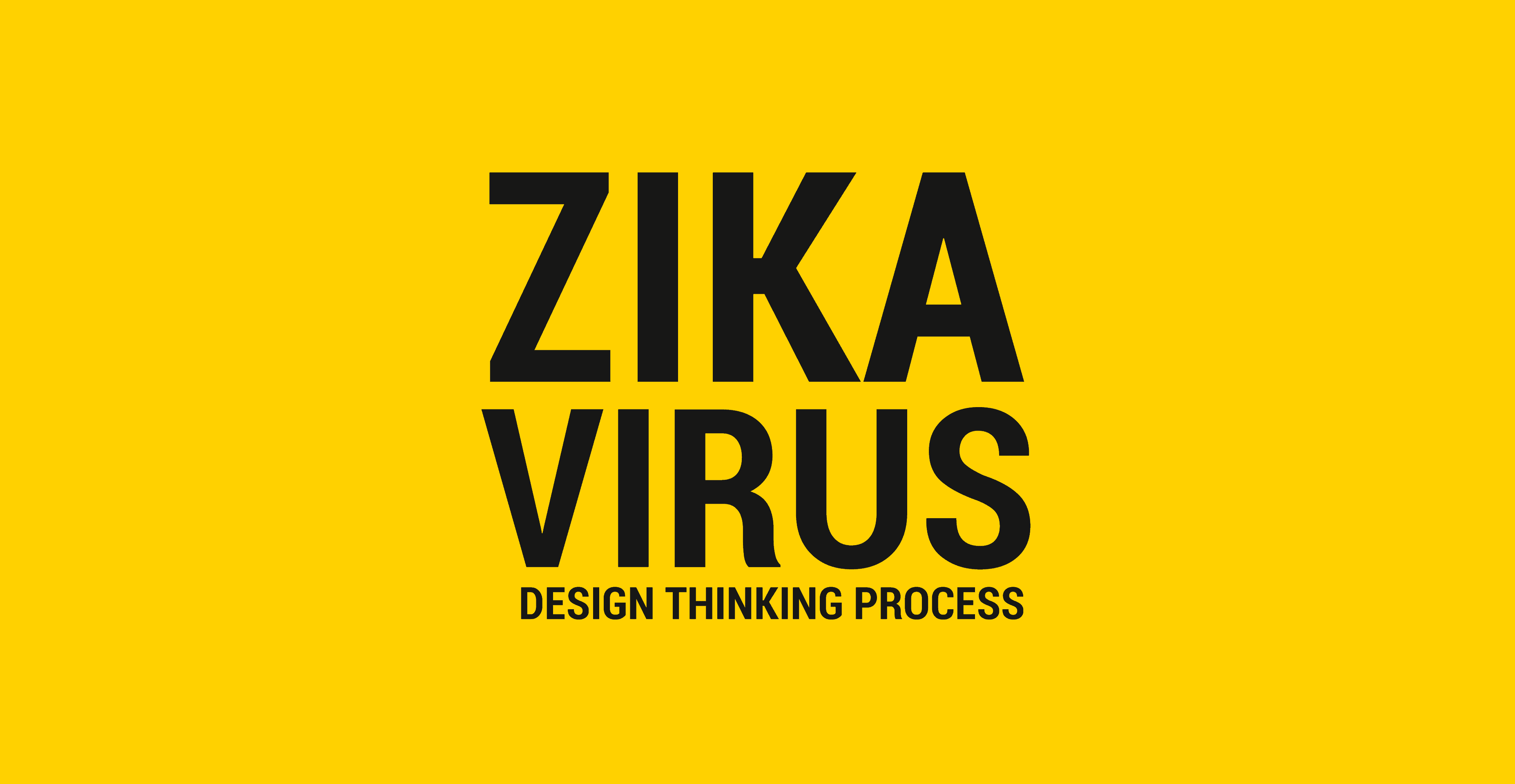
The project was developed for the unit of Advanced Design Lab, as part of a Master's degree in Design, from London School of Design and Marketing. It borns from the necessity of working a problem, the Zika virus, based on a determined context and a defined methodology for the unit. In this case, the process has a Design Thinking approach.
The User Experience
Focus of the Project
The project focuses on the children, so it was thought a visual identity that communicates attractively, funnily and in an interesting way with the audience. The first phase, the developing of the visual identity, consists in the creation of the logotype and the related materials that represent the mission of the laboratory behind it, get people to do the diagnostic of the Zika virus on medical centres.
Project Communication
The way that the project was thought, involved a communication through the local schools, where a video will be shown that introduce the characters and catch the children attention, leading to the will to became official investigators as the characters. Consequently, transmitting information about the issue to their parents, asking them to take them to the local medical centres to be diagnosed and help Nia and Ayo in their mission. In addition to this, it will be delivered flyers, in the school, for them to take home, with information about the Zika virus, leading to them presenting this problematic to their families and communities.
Medical Centres & Emotions
In the medical centre, the diagnostic materials will have the same visual identity to create a bond with the school communication and to be more easily identified by the children. This is a factor that may help on the decrease of fear and the rise of confidence of the children in the medical professionals that will perform the diagnostic, leading to a more pleasurable experience and an increase of people diagnosed.
In the end of the diagnostic, it will be delivered to the children, a sticker of “Oficial Investigator” for them to know that they helped in Nia and Ayo mission, get the biggest number of people diagnosed.
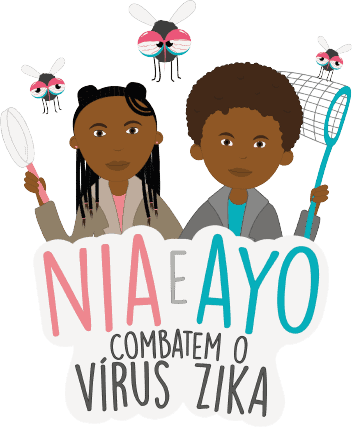
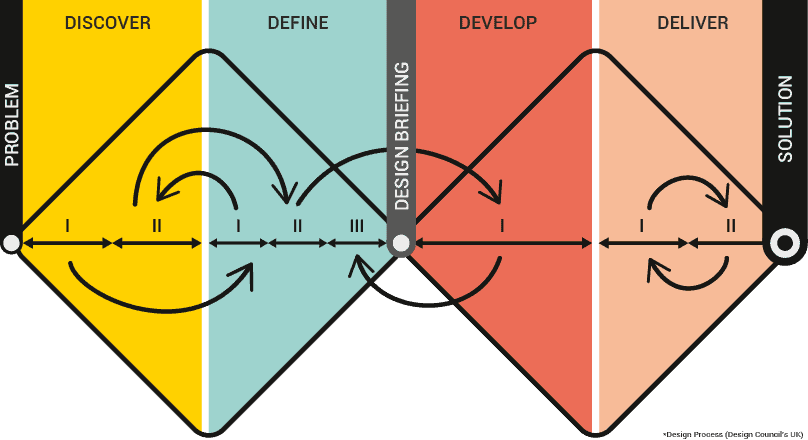
As in a design thinking process, the project uses a double diamond framework to structure the project plan. The double diamond model, created by Design Council’s UK, has four phases: discover, define, develop and deliver.
In the first phase, discover, it’s time to collect information and contextualise the problem, gatheringthe maximum of data possible with a divergent thinking to be open to any insights that may appear.
The second phase, define, serves to work on the collected information on the preview phase, organizing and realising what makes sense to focus and explore, defining the project plan for example.
The third phase, develop, concerns the development of concepts and possible solutions, it’s time to evaluate ideas, prototype, elaborate models, detail and improve.
The final step, deliver, is the final test, the production, and presentation of the final solution.
Being an iterative process the ideas are worked, tested and improved constantly, to obtain the best solution possible.
The software's used was Adobe Photoshop, to edit the materials photographies (merchandising), Adobe Illustrator to create the visual identity and vector materials, the XMind to create mind maps in order to organise the information and finally the hand sketches to create the storyboards.

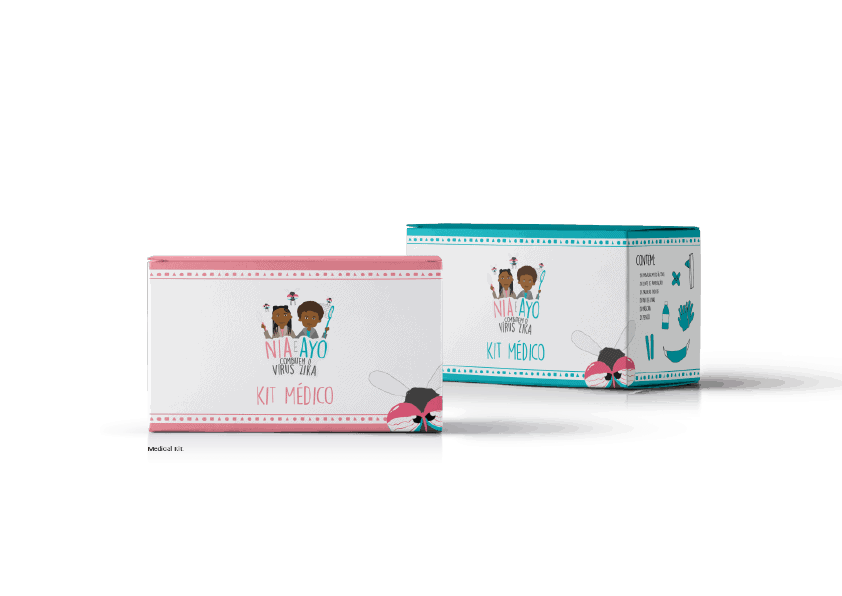
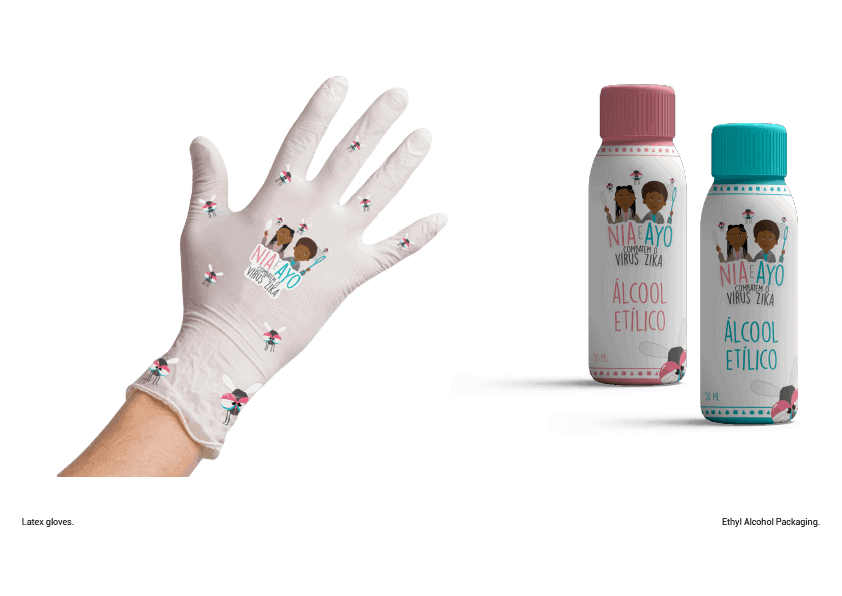
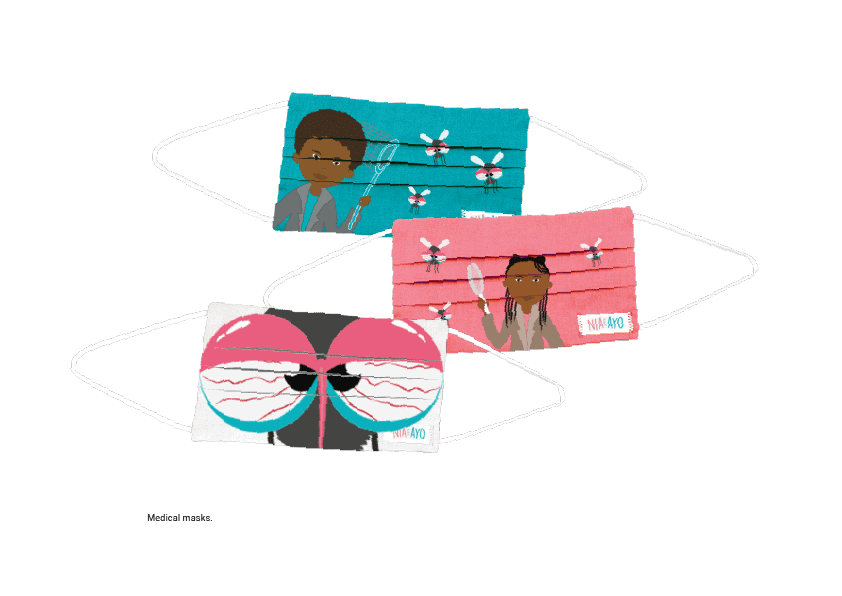
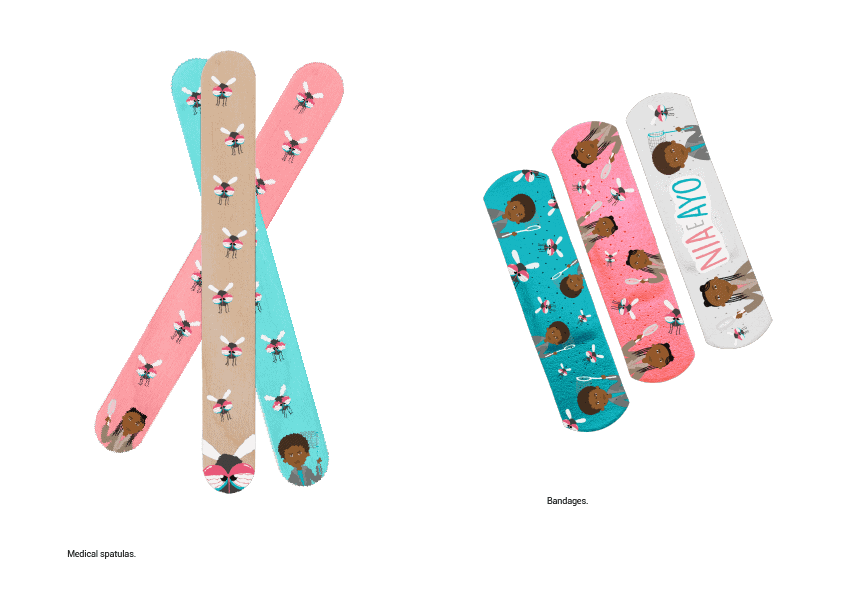
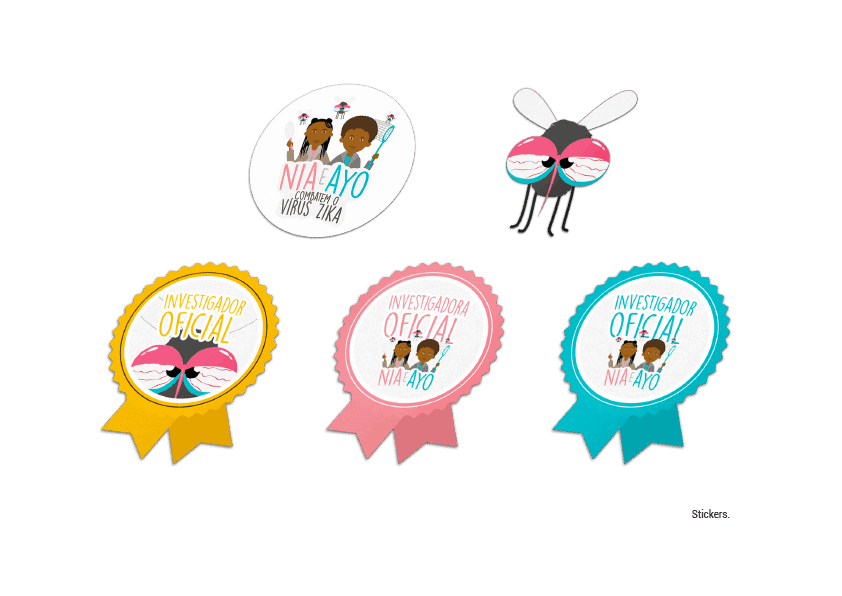
Design projects should respond to social causes, involve the communities as part of the problem solving and study the context that they are in, to come up with the best solution possible. With a design thinking approach and using an iterative process, it's possible to come up with solid and stronger solutions to a social or design problem.
"Designers can do more than make things pretty. Design is more than perfume, aesthetics and trends."
Richard van der Laken, founder of What Design Can Do.
More info about this project: www.behance.net/gallery/55055811/Zika-Virus-Design-Thinking-Process
It's an awesome project! I like your take on this!
Interessing project aproach!
Nice work!